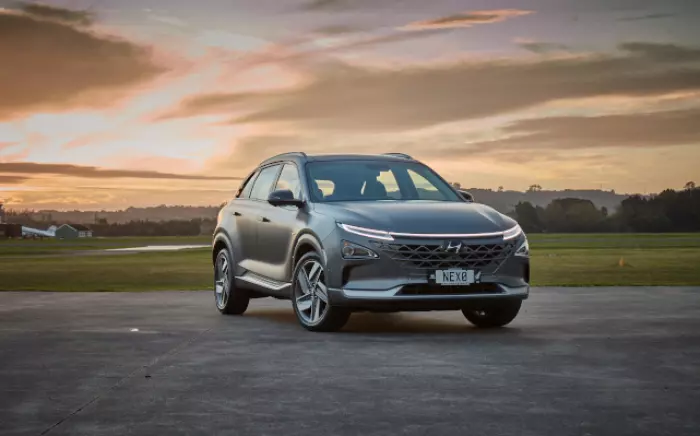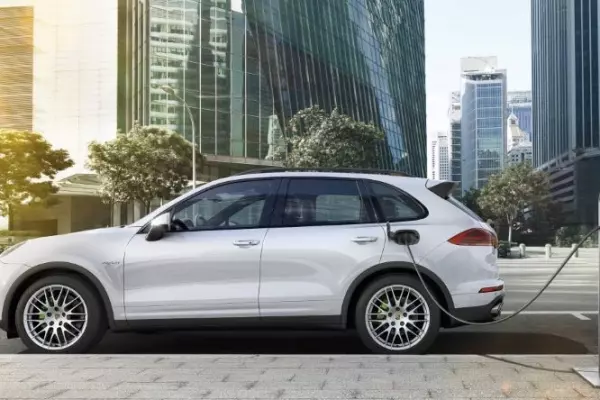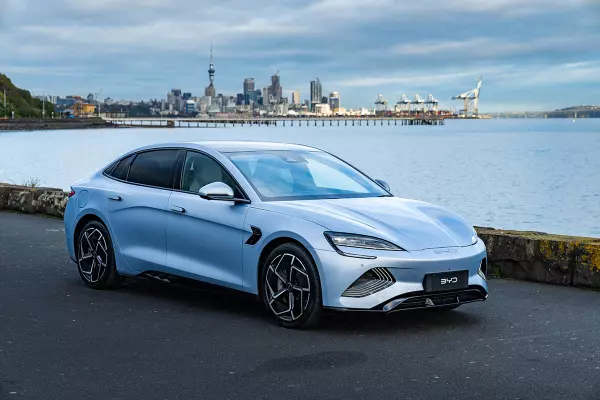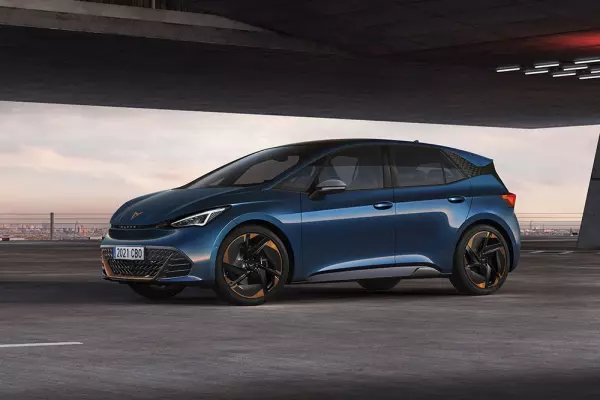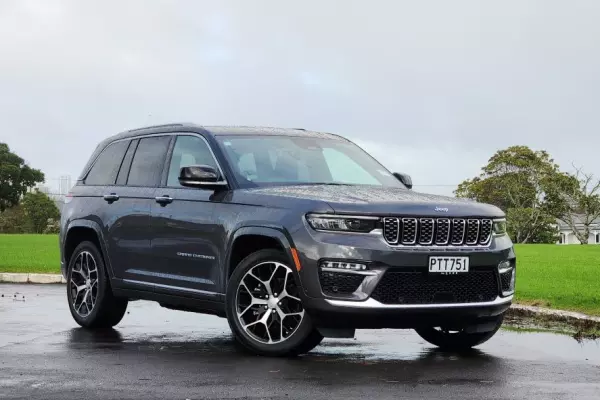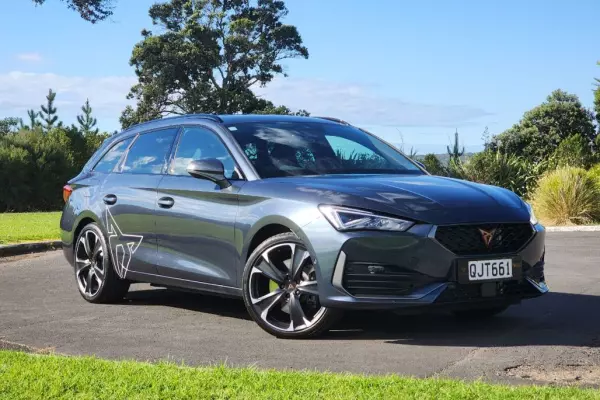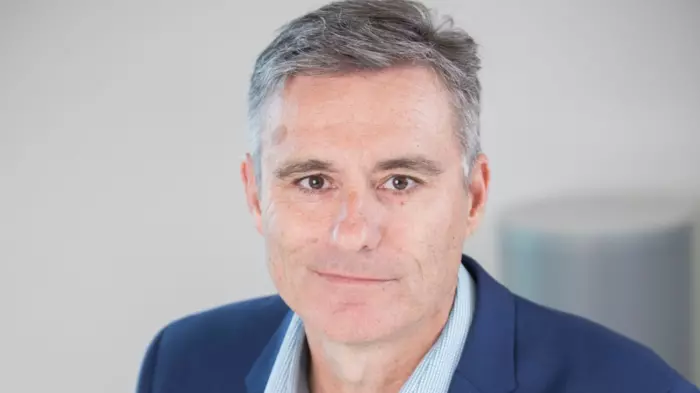The future of transport arrives next year, and I’ve been given a super-special VIP early-access ticket.
Ladies, gentlemen and everyone else, I present to you the hydrogen-powered Hyundai Nexo, a mid-size SUV direct from the zero-emission future. It is potentially the cleanest, greenest vehicle since the horse, and, no, you cannot buy one – yet.
There are a handful of hydrogen cars in New Zealand and the technology is the subject of such fascination that I found myself delivering an impromptu school visit explainer for a hundred or so kids.
Next year, those three Nexos will be joined by fleets of trucks as Taranaki’s Hiringa Energy opens a chain of hydrogen refuelling stations around the country, making it practical to drive the Nexo every day. Removing a single diesel truck reduces as much in emissions as junking 150 cars, according to Hiringa executive director Cathy Clennett.
BusinessDesk grabbed Hyundai’s Nexo for a few days to see what a hydrogen-fuelled vehicle drives like. The answer may not surprise you – it drives just like any other mid-size electric SUV.
That’s because the Nexo and its brethren are really just electric cars, but instead of a heavy battery bank having to be recharged overnight, a chemical reaction converts the hydrogen to electricity.
Filling the tank takes a few minutes, marginally longer than for a petrol car, but far less than the current crop of battery-electric vehicles.
The absence of all those batteries means the car is significantly lighter.
There’s nothing visibly remarkable about the Nexo. Sure, it is a nice car. Its dashboard looks complicated at first glance, but eventually, you realise all of its buttons are just for things like the heater and stereo. (I was hoping for a machine-gun button.)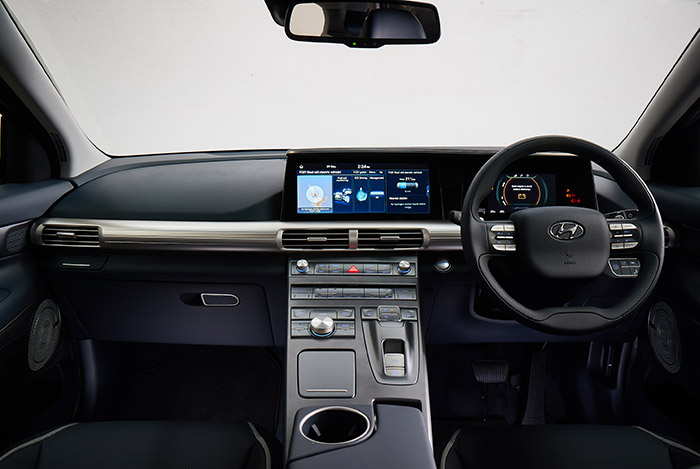
It drives well and accelerates just as you’d expect an electric car to do – lots of torque.
Hyundai say they don’t have pricing for the Nexo, but given how few will be on the market, it will be into six figures. Prices will come down over time for the vehicles and for hydrogen itself, which has the potential to be the cheapest power source we have for cars. Its emissions are simply a dribble of water out the back.
The science is simple enough. This is from Hyundai: Hydrogen atoms enter the fuel cell at the anode, where a chemical reaction strips them of their electrons. The hydrogen atoms are now “ionised” and carry a positive electrical charge which allows them to pass through a membrane. The negatively charged electrons provide the electrical current as they are forced to take the longer path.
Clear as mud, right?
South Korea and Germany both have hydrogen-fuelled cars at scale, and London’s double-decker buses also run on the gas.
The downside
Things get a little complicated when you look at how we actually produce hydrogen. Although it is the Earth’s most abundant element, getting it into a format that can be used takes a lot of energy.
There are various grades of hydrogen, which can create a bit of an environmental wormhole. The creation method is colour coded.
Brown hydrogen comes from natural gas or coal energy. When the carbon emissions creating it can be sequestered, it becomes blue hydrogen.
Green hydrogen has the most potential for New Zealand. This is from renewable resources and is potentially the best and cheapest source of the stuff if we can get our act together. Hiringa will be making its own green hydrogen.
The Nexo can do more than 600km on a single tank, but the cost to fill that tank is difficult to find out.
According to a Ministry of Business, Innovation and Employment research green paper last year, the service station cost of hydrogen is about $11 per kilo. That’s higher than in South Korea or Germany, but it will come down as we use more and more of it. And if Tiwai Point or Marsden Point gets converted to hydrogen production, the price will come down quickly.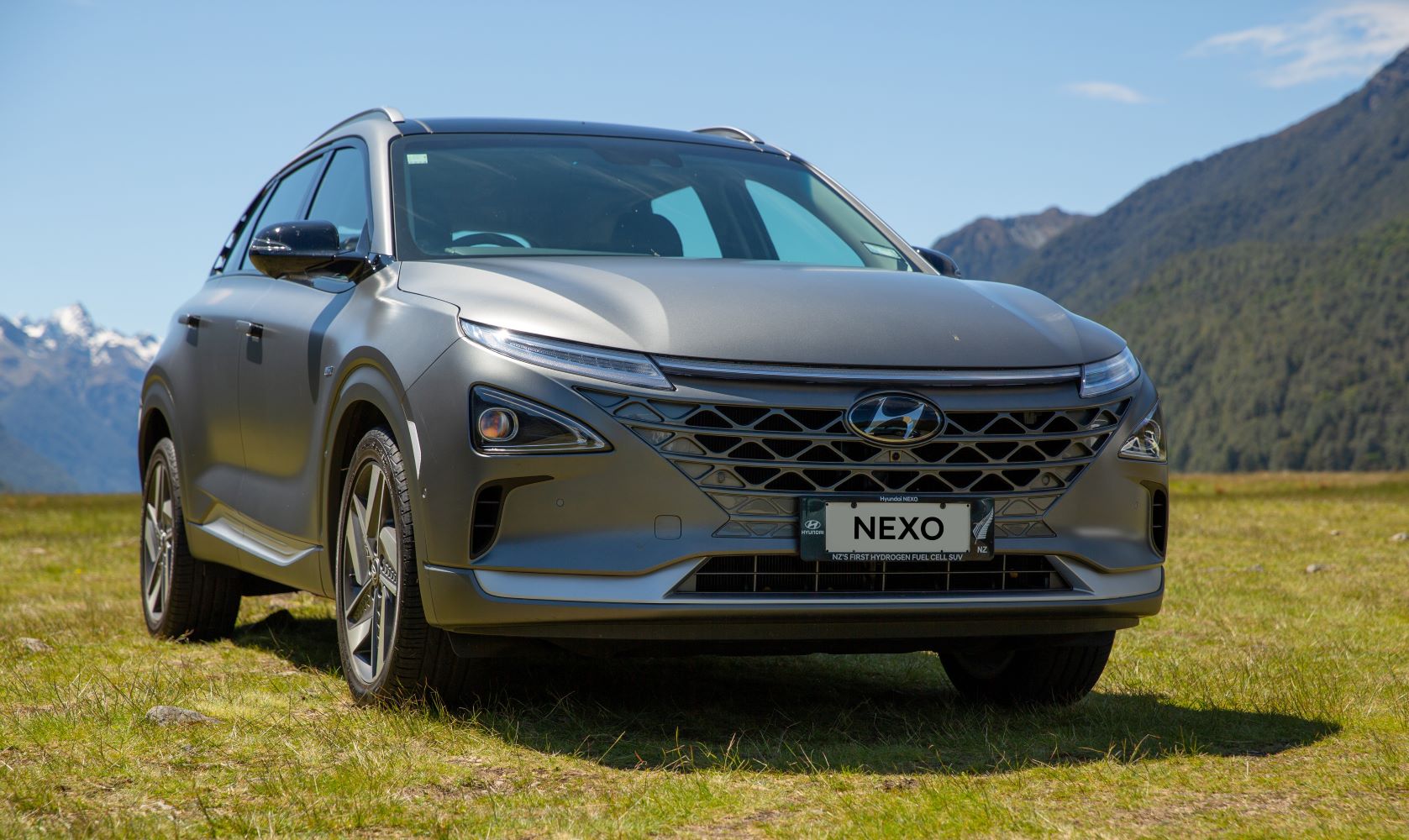
New power generation?
New Zealand has about 20,000 electric cars on the road, but the government aims to increase that to 64,000 by the end of next year. That’s highly unlikely, of course.
Norway, which has state subsidies for electric vehicles, now has a 50/50 split between fossil fuel and electric, according to Schneider Electric, which makes charging stations.
From next year (election outcome depending), clean-energy vehicles are meant to get a discount of up to $8000, and the dirtiest vehicles will cost more. That makes swapping diesel trucks for hydrogen-fuelled ones attractive.
Hiringa is betting on lots of trucking firms seeing value in reducing their emissions and overall costs.
The company’s initial four stations will be in Auckland, Hamilton, Tauranga and Palmerston North. But they plan to expand across the North Island and have a few stations in the South Island. “If that works, then we’ll ramp up from there. We’ve done a lot of work to make sure the trucks are suitable,” says Hiringa chief executive Andrew Clennett.
Initially, they’re rolling out a fleet of 20 hydrogen trucks and aim to have the overall lifetime cost of owning a hydrogen truck lower than for a diesel one by 2026.
BusinessDesk can reveal that Hiringa’s service stations will be able to fill hydrogen car fuel tanks, too, but at under half the pressure possible, which will reduce the Nexo’s range from around 700km down to 400km.
Andrew Clennett says the price will come down to parity with diesel fairly quickly and Hiringa will install equipment to do a full fill for cars like the Nexo as demand increases. That will likely depend on fleet buyers swapping over.
It is hard to see that not happening. United States company Nikola is soon to start producing trucks and has announced a big US-style ute called the Badger that gets to 60mph (96.5km/h) in 2.9 seconds, can tow 3600kg and has a 1000km range with an 8kg tank. It can also power your house or worksite all day and looks suitably aggressive to convert the most wayward of tradies.
Nikola tells BusinessDesk while there are no announced plans to bring their vehicles to New Zealand, we should “never say never”. If we have the right infrastructure (and we will), they’ll enter the market. They already have Australia on their roadmap, so do not see it as too difficult to add New Zealand if they get enough pre-orders. The Badger retails for US$80,000.
Is hydrogen safe?
A fair few people, thinking of the Hindenburg airship explosion in New Jersey in 1937, ask me if hydrogen is safe. But the reality is that petrol is explosive, batteries can also explode, and hydrogen tanks are built tough. In fact, Toyota have a party trick of shooting theirs to show they’re fine.
Would I buy one?
Sure. But only once I can refuel it without too much hassle. Given the Nexo’s 600km-plus range and lack of emissions, I’m OK with having to hunt out a refuelling station. I’d want it to be green hydrogen, though.


